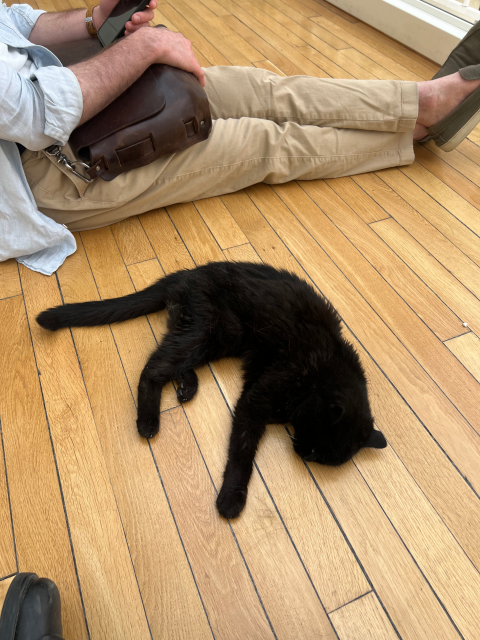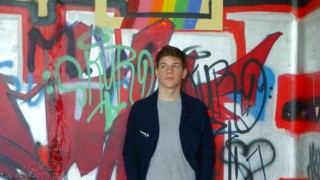"In a place as culturally dense as Paris, I could not have asked for more knowledgeable, insightful professors."
Columbia’s Summer Art History in Paris program offered a unique approach to studying art by centering on the city and its institutions rather than individual works, an experience unlike any of my previous courses.
My architecture class, Paris Architecture and Urbanism, reshaped my understanding of the connections between art, politics, and history. It was my first formal study of architecture, and living in Paris meant the city itself became both subject and classroom. Passing through seemingly ordinary streets revealed what lecture slides could not: the intentionality of a façade, the ways buildings frame public space, and how urban design structures everyday movement. With no prior background in architecture, I saw in just a few weeks how urban space serves as a medium through which history is both recorded and interpreted. Since returning to New York, I now notice how the design of subway stations, housing blocks, and civic plazas reveals choices about movement, access, and memory that I had not considered before.

My other course, Museums for Paris, extended this perspective. Although I have studied art throughout my time at Columbia, I had rarely considered how an institution could have as much influence as the objects housed inside. As with Parisian architecture, museums operate as businesses, tourist attractions, and instruments of power, curating narratives that privilege some histories and obscure others. Institutions like the Louvre, the Musée d'Orsay, and the Musée de l'Orangerie, while celebrated for their prestigious collections, reflect how curatorial work constructs meaning just as much as the art itself. Applying to this program, I thought I knew just what to expect from “Art History in Paris.” Alas, I did not.
Needless to say, I very much enjoyed my crash course in city planning and Parisian history. In a place as culturally dense as Paris, I could not have asked for more knowledgeable, insightful professors. They’ve truly made my time in Paris worthwhile. Plus, who knew neoclassicism could be interesting!
(It is also worth noting that Reid Hall is home to a remarkably charming resident cat, which might be reason enough to study abroad.)

